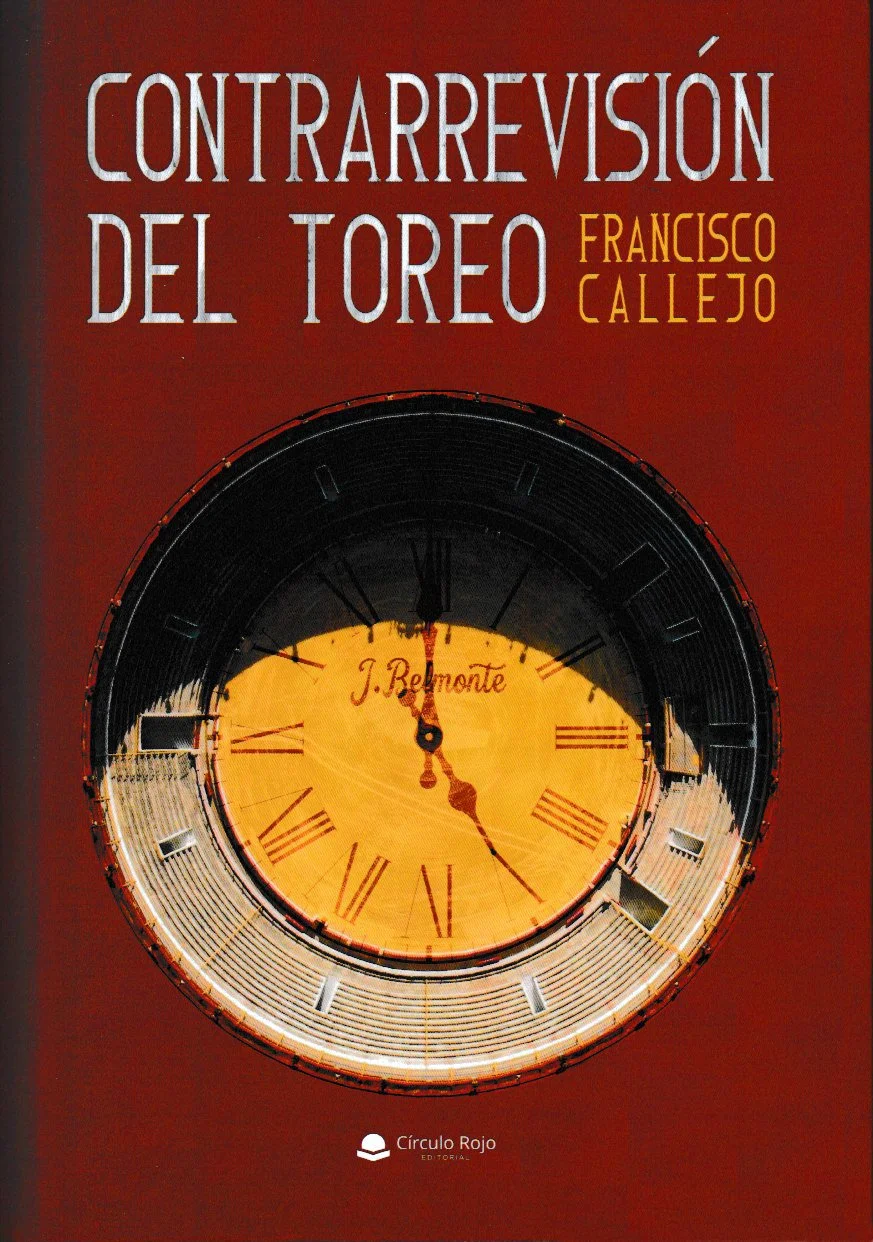Belmonte v. Joselito in the 21st century
Francisco Callejo sets out the targets of his new book, Contrarrevisión del Toreo, early on: “There is a species (or so it seems) for whom Joselito is the most defining architect of modern toreo. And it’s the kind of careerist revisionism which aims to supply shelves and symposia of adventurous ingenuities that show the character - not so opportunistic as it is comical - of its unusual ideologies. I’m thinking exclusively of two people, despite the arriviste and developed framework of this brand new payroll: Paco Aguado and Domingo Delgado.” Aguado, of course, is the author of a recent biography, Joselito El Gallo, rey de toreros, while Domingo Delgado de la Cámara has written a trilogy of books on the history of the corrida, beginning with Revisión del Toreo (hence the title of Callejo’s volume).
Callejo, you see, is a belmontista, and he is very unhappy at this positioning of Joselito. His argument is thus: “With Juan Belmonte, a new current emerges, a previously unknown discipline, a striking development in bullfighting that materialises in the world […] Now, nothing will be as it was before. If his material, technical and tangible contributions (the invasion of terrains, shortening of distances, crossing to the opposite horn, the closeness of charges and the full unveiling of parar, templar and mandar) were already on the lips of his peers, his intimate, spiritual, contribution and mental approach would be the leitmotiv of the coming tauromaquia. Toreo was converted into a manifestation of feeling. He himself forecast this: ‘After me, toreo will be a question of style’ - that’s to say, of personality, temperament, character, peculiarity, identity.”
To support his argument, Callejo makes a not wholly convincing distinction between ‘lidiar’ and ‘torear’ (both actions have, to my mind, existed ever since the corrida was born, and both continue to this day). Joselito, he posits, was the master of lidia, as summarised by Lagartijo: “You position yourself, the bull comes forward and you move away: otherwise, the bull will move you.” Callejo comments: “If, in time, Belmonte would arrive to affirm ‘se torea como se es,’ so Joselito conducted lidia as he was - skilful, competent, professional, knowledgeable: a dominador. But old-school.” Belmonte, on the other hand, was a revolutionary, replacing Lagartijo’s golden rule with, “If the matador dominates the bull, all the terrain is his, and if the bull dominates the matador, all the terrain belongs to the animal.”
Callejo takes an iconoclastic approach. He describes Gregorio Corrochano’s Qué es torear? (subtitled ‘Introducción a las tauromaquias de Joselito y de Domingo Ortega’) as “a libel, a nonsensical prayer-book, that aimed to be a permanent reference, in which one thesis and its opposite were defended. Corrochano admits to the counterpoint to the title he gave this lampoon when he said, ‘Qué es torear? I don’t know. I believed that Joselito knew and I saw how a bull killed him.’ That is the only truth that this book reveals and takes in - Corrochano, who didn’t know what torear was, believed that Joselito did know, when the latter wasn’t informed about it either.” José Alameda, too, is regarded as an unreliable source when it comes to evaluating toreo and toreros.
In developing his theme, Callejo provides a brief history of bullfighting on foot and argues that Domingo Delgado’s history of the same places insufficient regard to texts. For instance, Joselito cannot be regarded as a key figure in the development of toreo en redondo when Juan León (1788-1854) commented, “Ninety percent of the bulls I fight aren’t aware of me because they never see me,” and Sánchez de Neira reports of Cayetano Sanz (1821-91), “It was in the bullring of Madrid in 1856 that Cayetano Sanz did something that no one had managed up to that point - go to the bull with the muleta and estoque after ordering all the lidiadores (those on foot and on horseback) to retire from the arena, and, on his own, deploy the cloth admirably, without shifting his feet, at one point, in this way, without moving, producing six pases en redondo.” Callejo believes that León’s remark shows that the matador kept the lure in the face of his bulls, which would imply linked passes, while the Cayetano Sanz reference is a report of circular toreo en redondo occurring long before Joselito arrived on the scene. Indeed, he makes the case that Joselito’s older brother, Rafael El Gallo, was more of a precursor of today’s toreo - via Belmonte - than his sibling.
An interesting read, what this 98-page book does show is that - over 100 years after the competition between Joselito and Belmonte ended - their rivalry remains very much alive!
